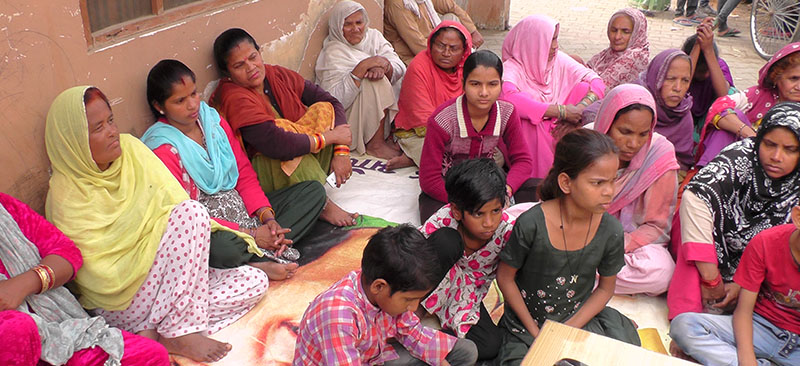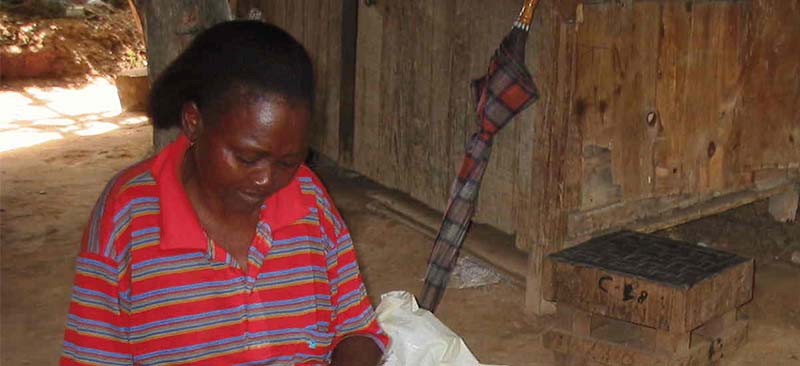Microfinance is probably the only remaining product-driven business in the world. All other industries have long since moved from producing something and then trying to sell it to a market-driven approach under which they identify and meet customers’ needs on a profitable basis. In the commercial world, companies that have simply marketed a product without reference to the customers requirements have soon closed. The market-driven approach recognises that there is more value in retaining customers than attracting new customers who cost more.
Blog
Microinsurance: A Case Study Of An Example Of The Provider Model Of Microinsurance Provision Gret Cambodia
This study is part of a case study series designed to review products of some of the more prominent organizations offering insurance products to the poor. There are four general models of insurance: 1) Partner-Agent, 2) Full-service, 3) Mutual and 4) Provider Model. The GRET case study is a partial example of the Provider Model of insurance provision, as GRET is a mixed provider/full service insurer.
The study attempts to review its activities as a health care financing provider and aims to provide an understanding of the mechanisms and practicalities of the Provider model, as well as an indication of the level of satisfaction of their market. Additionally, this paper reviews the process by which the product was developed, tested, and implemented to provide information on the processes and to identify issues in the product cycle.
Microinsurance: A Case Study Of An Example Of The Mutual Model Of Microinsurance Provision UMASIDA
This study reviews the Mutual Model of health care financing. It presents an overview of the mechanisms and practicalities of the model, as well as the satisfaction level of the partners and the market. It underlines the significance of group quality and the role of leaders in popularising microinsurance to reduce moral hazards. Additionally, this paper reviews the process by which a product was developed, tested, and implemented at UMASIDA (an organisation created by ILO) to provide information on the process and product cycle including proper pricing, reducing costs and preventive health care. While highlighting the institutional impact, this study focuses on strengthening human resources, improving operations and systems, ensuring feedback mechanisms, and marketing of products vis-à-vis clients’ satisfaction.
Microinsurance In Uganda: A Case Study Of An Example Of The Partner-Agent Model Of Microinsurance Provision: NHHP/FINCA Uganda – Heath Care Financing Plan
This study reviews the Partner-Agent Model supporting the relationship between FU and NHHP. It presents an understanding of the mechanisms and practicalities of the model, as well as the satisfaction level of the partners and the market.
It studies a health financing product provided by a hospital with an MFI in Uganda. Benefits and problems are identified, thus aiding in the identification of further potential applications. Additionally, this paper reviews the process by which the product was developed, tested, and implemented to provide information on the process itself and to identify issues in the product cycle. It also attempts to understand the institutional impact such as impact on HR, operations, and marketing systems after the introduction of the product.
Health Care MicroInsurance A Synthesis of Case Studies from Four Health Care Financing Programs in Uganda, Tanzania, India, and Cambodia
Synthesises the data and lessons from four case studies of SEWA in India, GRET in Cambodia, UMASIDA in Tanzania and FINCA in Uganda. These four case studies represent leading examples of efforts to provide health care insurance through the four basic models currently used worldwide. The study highlights the challenges and issues facing those seeking to provide health care insurance for poor people.
MicroInsurance in Uganda: A Case Study of an Example of the Partner-Agent Model of MicroInsurance Provision
This study reviews the Partner-Agent Model supporting the relationship between FU and NHHP. It presents an understanding of the mechanisms and practicalities of the model, as well as the satisfaction level of the partners and the market.
It studies a health financing product provided by a hospital with an MFI in Uganda. Benefits and problems are identified, thus aiding in the identification of further potential applications. Additionally, this paper reviews the process by which the product was developed, tested, and implemented to provide information on the process itself and to identify issues in the product cycle. It also attempts to understand the institutional impact such as impact on HR, operations, and marketing systems after the introduction of the product.





